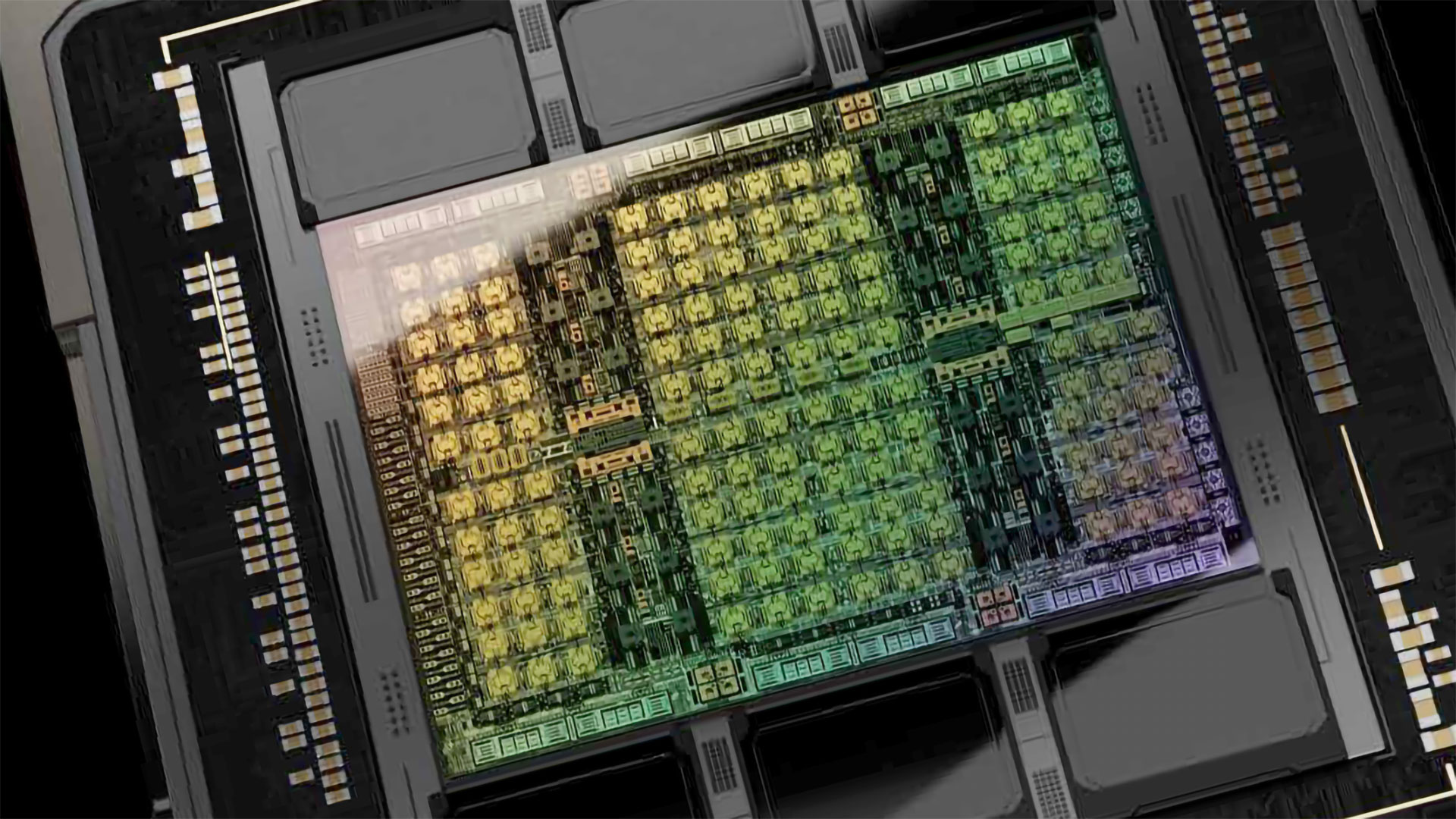Nvidia readies cut-down HGX H20 GPU for China to comply with export control rules

Nvidia plans to introduce a cut-down version of its HGX H20 AI processor in China by July, aiming to retain access to the market after U.S. officials effectively barred the original version through updated export regulations, Reuters reports. According to preliminary information, the revised AI GPU will feature less onboard HBM memory to comply with newly imposed technical limits and replace the previously approved model.
Among the changes of the new AI GPU is reduced memory capacity, which will affect the ability of the processor to train large language models with tens and hundreds of billions of parameters, one Reuters source noted. In addition, the final performance characteristics may be adjustable depending on how end customers configure the HGX GPU modules, potentially enabling minor flexibility despite the overall downgrade.
In April, U.S. authorities restricted sales of AMD's Instinct MI308, Nvidia's HGX 20, and some other AI processors to China (including Hong Kong and Macau) due to unpublished export regulations. As a result, AMD and Nvidia had to write down inventory worth billions of dollars ($5.5 billion for Nvidia, $800 million for AMD) as export licenses for goods bound for China are reviewed with a presumption of denial.
However, to sustain access to the critical market, Nvidia is now incorporating a set of downgrades to ensure it stays within the permissible thresholds set by the U.S. government. Nvidia has already communicated these plans to major customers in China's cloud computing sector.
If the information about the downgraded HGX H20 processor is correct, it will be Nvidia's third Hopper-based GPU designed specifically for China that relies on cut-down H100 silicon. It is noteworthy that there is no word on Blackwell-based AI products for China.
After the U.S. government imposed its first set of restrictions on AI and HPC GPUs exported to China in 2022, Nvidia built its H800 processor with reduced networking capabilities. The H800 only represented a minor performance downgrade compared to the original H100. After the U.S. administration imposed new export rules that restricted the performance of processors shipped to China, Nvidia developed its HGX H20 based on the H100 for AI training as well as L20 PCIe and L2 PCIe cards based on the AD104 GPUs for AI inference.
Follow Tom's Hardware on Google News to get our up-to-date news, analysis, and reviews in your feeds. Make sure to click the Follow button.
Get Tom's Hardware's best news and in-depth reviews, straight to your inbox.

Anton Shilov is a contributing writer at Tom’s Hardware. Over the past couple of decades, he has covered everything from CPUs and GPUs to supercomputers and from modern process technologies and latest fab tools to high-tech industry trends.
-
DS426 No mention of the U.S.' AI diffusion rules being rescinded and rewritten (don't know the exact details yet)?Reply
https://www.reuters.com/business/trump-administration-will-rescind-biden-era-ai-chip-export-curbs-bloomberg-news-2025-05-07/ -
Mindstab Thrull Maybe this will get NVidia to start making more GPUs for consumers again rather than overbuilding for AI...Reply
... one can only hope.